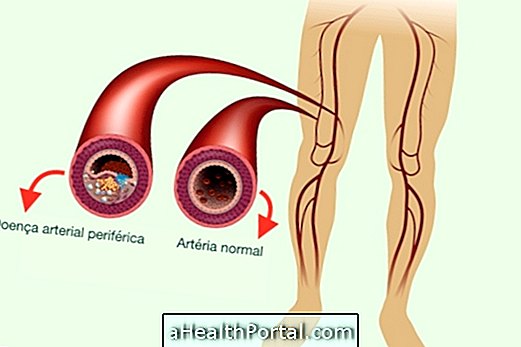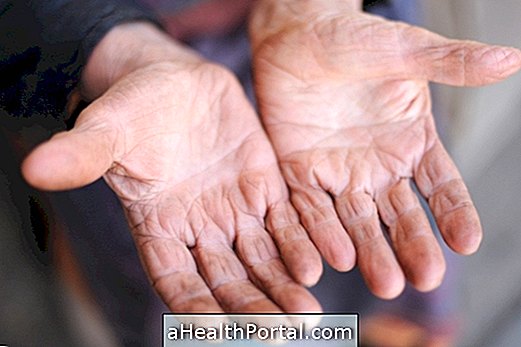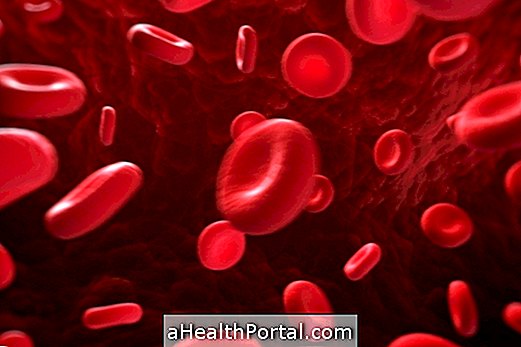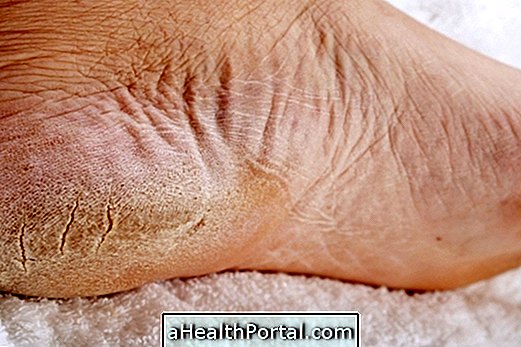Lymphocele is any accumulation of lymph in a region of the body, and the most common cause is the removal or injury of vessels that carry this fluid after a blow or abdominal, pelvic, thoracic, cervical, or inguinal example. The extravasation of the lymphatic fluid accumulates in the tissues near the affected region, which can cause inflammation or the formation of a cyst in the place.
The lymphatic system is a set of lymphoid organs and vessels that are distributed throughout the body, with the function of draining and filtering excess fluid from the body, directing it into the bloodstream, and acting on the immune system to the defense of the organism. To learn more about how this complex system works, check out what the lymphatic system is and how it works.
Generally, the lymphocyte lymphocyte fluid is naturally reabsorbed by the body, and no treatment is necessary. However, in some cases where there is a large accumulation of fluid or when it causes symptoms such as pain, infection or compression of the blood vessels, procedures are required to drain the fluid through a puncture or surgery.

Main causes
The lymphocele arises whenever the lymph that goes out of the lymphatic vessels, being able to be contained in the surrounding tissues, which favors an inflammation and the development of a capsule, forming a cyst. This complication is more common in situations such as:
1. Surgery
Any surgery can cause a lymphocele, especially those in which blood vessels are manipulated or lymph nodes are removed, and may appear between about 2 weeks to 6 months after the surgical procedure. Some of the surgeries most associated with this type of complication are:
- Abdominal or pelvic, such as hysterectomy, bowel surgery, renal surgery or renal transplantation;
- Thoracic, such as lungs, aorta, breast or armpit region, for example;
- Cervical, as of the thyroid;
- Blood vessels, such as removal of obstruction or correction of any defect, such as an aneurysm.
After abdominal surgery, it is common for the lymphocele to be retained in the retroperitoneal space, which is the most posterior region of the abdominal cavity. In addition, oncologic surgeries done for the removal or treatment of cancer are important causes of lymphocele, since it is common to have to remove lymphatic tissues during the procedure.
2. Injuries
Injury or trauma that causes rupture of blood or lymphatic vessels can cause lymphocele, which can occur in strokes or accidents, for example.
Lymphocele may also appear in the genital region after intimate contact or masturbation, and may appear as a lump on the large lips or penis after hours to days of the act. Learn more about these and other causes of lump in the penis.
3. Cancer
The development of a tumor or cancer can cause lesions in the blood or lymphatic vessels, stimulating the extravasation of lymph to nearby regions.

Symptoms that may arise
When small and uncomplicated, lymphocele usually does not cause symptoms. However, if it increases in volume, depending on its location and if it causes compression of nearby structures, it can cause symptoms such as:
- Abdominal pain;
- Frequent urge or difficulty urinating;
- Intestinal constipation;
- swelling in the genital area or lower limbs;
- A palpable nodule in the abdomen or affected region.
When lymphocele causes obstruction of the urinary tract, such as ureters, impairment of renal function is possible, which can become severe.
To confirm the presence of lymphocele, the doctor may order tests such as ultrasound or computed tomography.
How is the treatment done?
When the lymphocele is small, it is usually reabsorbed in about 1 week, being only accompanied by the doctor with examinations, like ultrasound.
However, when they do not regress, increase in size, or cause complications such as inflammation, infection, urinary symptoms, or increased lymphatic pressure, a procedure, such as puncture for drainage of the fluid or surgery to remove the cyst, is needed.
The use of antibiotics may be indicated by the physician when infection is suspected.























